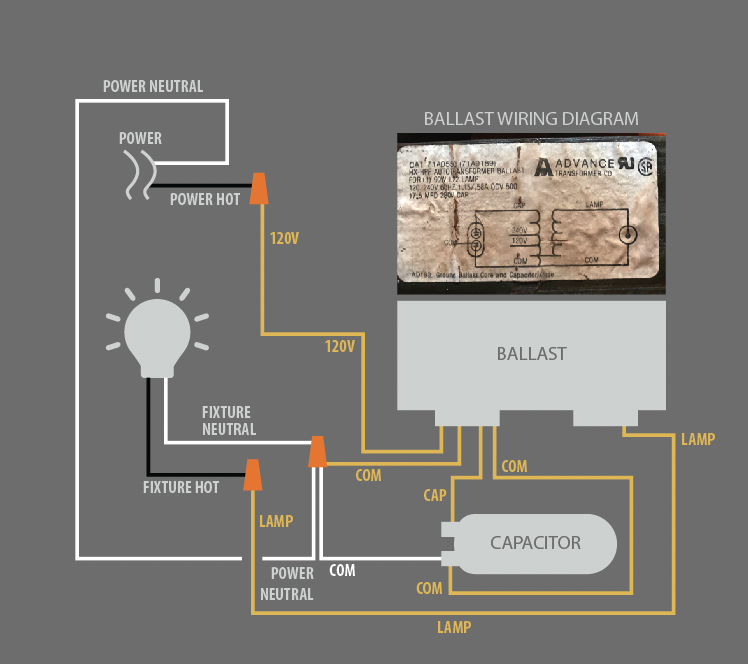Read more: The best maps lie ahead
Luckily we just need millions of dollars and thousands of hours.
TLDR
I want to see another Turgot map before I die. I want my grandkids to cherish a map made in the 2030s. I want some of the most beautiful examples of western material culture to live on. I can’t do it alone.
Would anyone want this on their wall 50 years from now?
In 1910 you could buy a 5 cent rail route pamphlet that looks better than any map you can buy today. This sucks, but it could not be otherwise; consider who makes today’s maps:
- Atlas cartographers: mostly gone, those who remain can’t pick colors
- GIS managers: their job is to manage the sewer pipe/streetlamp database and make maps for 8.5×11″ PDFs, can’t design or don’t have time
- Editorial/news cartographers: under tight deadlines, editors don’t care, art directors don’t discourage nice maps but they also don’t know how to shape or commission them
- Government cartographers, from muni cadastral to fedgov: almost all GIS managers, the maps just gotta reflect the database, nobody cares how they look. National Park Service maps excepted.
- Nonprofit cartographers: too busy with GIS tasks, boss doesn’t care about nice maps
- Big tech cartographers: Google/Apple’s maps are database outputs, too constrained by users poking at the map to make them look nice
- Academic/critical cartographers: not rewarded for making nice maps, rewarded for writing recondite PDFs about maps
- Capital A Artists: too into deconstruction to make a sincere attempt
- Biz intelligence cartographers: who’s gonna cherish a bunch of hex bins?
There are exceptions within those categories, but I’m being appropriately strict: “Would anyone want to hang this on their wall 50 years from now?“
The only good cartographers are illustrators; in their maps gestalt and composition come first. And they don’t just affirm the software’s idea of how a map should look.
This is not permanent.
Every beautiful high-production-value map you’ll see in a repository: it can be made today, maybe better. They had “time, strength, cash, patience,” but while attenuated, those things are still around; some patron could pay an illustrator to walk around a city for years and draw every building he saw, like the Prévôt des Marchands of Paris did in 1734.
The bad news is there is no living memory of this stuff, no old hands to teach how the past’s rich maps were constructed. We start from scratch. The good news is we know exactly what to aim for.
What is to be done?
There’s no building you can walk into where someone will grab you by both ears and teach you how to make a beautiful map. Formal cartography education does not exist in the US; I have a (free) MS in cartography and almost all of the looks-nice mapmaking I did was extracurricular.
Today’s talented anglophone mapmakers, and there are many, taught themselves. They are the only ones taking this seriously; the autodidacts are my favorite. I just wish you didn’t have to be a five-star autodidact to make nice maps.
This is solved with ~$15 million, property, and professional instruction: make more map makers by apprenticeship. I learned mapmaking by close-range apprenticeship; so, a school with a 1:1 instructor ratio.



